Mbege, a local brew popular in the Kilimanjaro region is commonly known as banana beer among the Chagga people that live around Kilimanjaro but tastes more like wine. This local alcoholic beverage is traditionally solely brewed by females and it requires a lot of labor and takes a long time.
The Chagga people are from the slopes at the foot of Africa’s tallest peak, Mount Kilimanjaro. Mbege is a distinctive tradition practiced by the Chagga people. Ripe bananas and millet powder that has been sprouted are used to make the alcoholic beverage Mbege.
To produce Mbege not just any kind of bananas can be used but only a specific kind of bananas from the farm are gathered. The term “ndizi ngombe,” which translates to “cow bananas,” is used to describe a particular variety of bananas that is used in preparing this important brew that often brings people together. After being picked, bananas are kept in a warm, dark location to ripen. Depending on the weather, bananas might take up to seven days to attain an appropriate level of maturity.
Related: Best Tanzanian beers to drink and refresh after climbing Kilimanjaro
Bananas are cooked in a large saucepan of water after the skins are removed once they are fully ripe. The bananas are originally yellowish-white, but after simmering for about 6 hours, they take on a reddish-brown hue that signifies completion. After that, the banana mixture is placed in a jar and let to ferment for a few days.
The finger millet is made while it ferments. In order for the millet to germinate, it is often wrapped in plastic. After being sprouted, the millet is dried in the sun before being ground into flour.
The banana mixture is prepared when white bubbles start to emerge on its surface.
The males are frequently requested to help filter the liquid through a nearby sieve at this point.
Millet flour is combined with a small amount of water to form a thick porridge. The brew can only be effectively prepared if this last step is taken. A few pieces of quinine bark are also added, and the millet and banana mixes are blended before being left overnight. The next day, the brew can be consumed as Mbege.
Mbege content ranges from 0.5% to 1.5% on the first day but increases in strength as the combination continues to ferment.
What does Mbege taste like?
The flavor of Mbege is sweet at first, turning sour toward the conclusion. Sometimes the millet gives it a malty flavor that is also rather bitter. It can be categorised as a beverage in between beer and wine. The quinine gives the beer a little bitter taste.
Mbege is regarded as a significant component of Chagga culture, although certain WaMeru residents of Mount Meru’s foothills also value Mbege as a component of their way of life. On Kilimanjaro’s lower dips, you may find residents in the communities selling Mbege.
Before the wedding, it is frequently a component of a traditional “bride price”. It is consumed at business meetings, weddings, funerals, and birthday celebrations.
When a group of people gathers, they often share one or two glasses of Mbege, passing them around until more are needed.
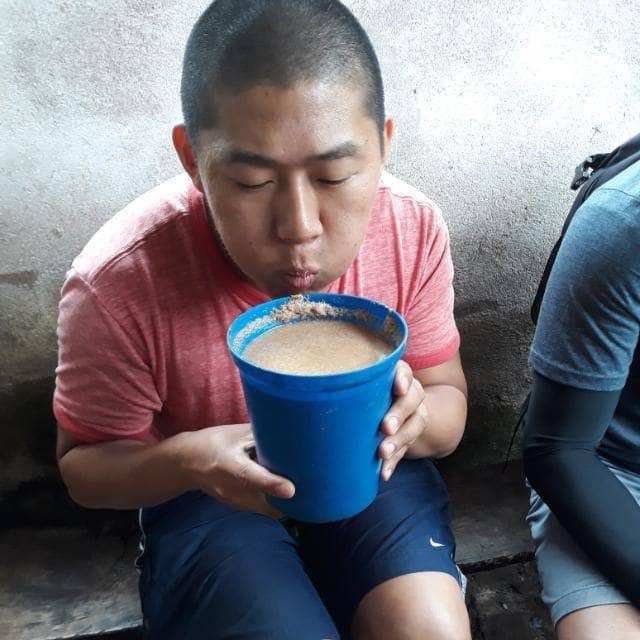
Where can you drink Mbege in Tanzania?
In order to drink Mbege you will have to visit Moshi or Kilimanjaro and its environs. Any of these day trips like a visit to Marangu Waterfalls, Machame Village tour, Materuni Village Tour, and other excursions around Kilimanjaro can give you the perfect opportunity to taste this unique beverage, popular around the Kilimanjaro region.
Click here for day trips around Kilimanjaro to taste Mbege.
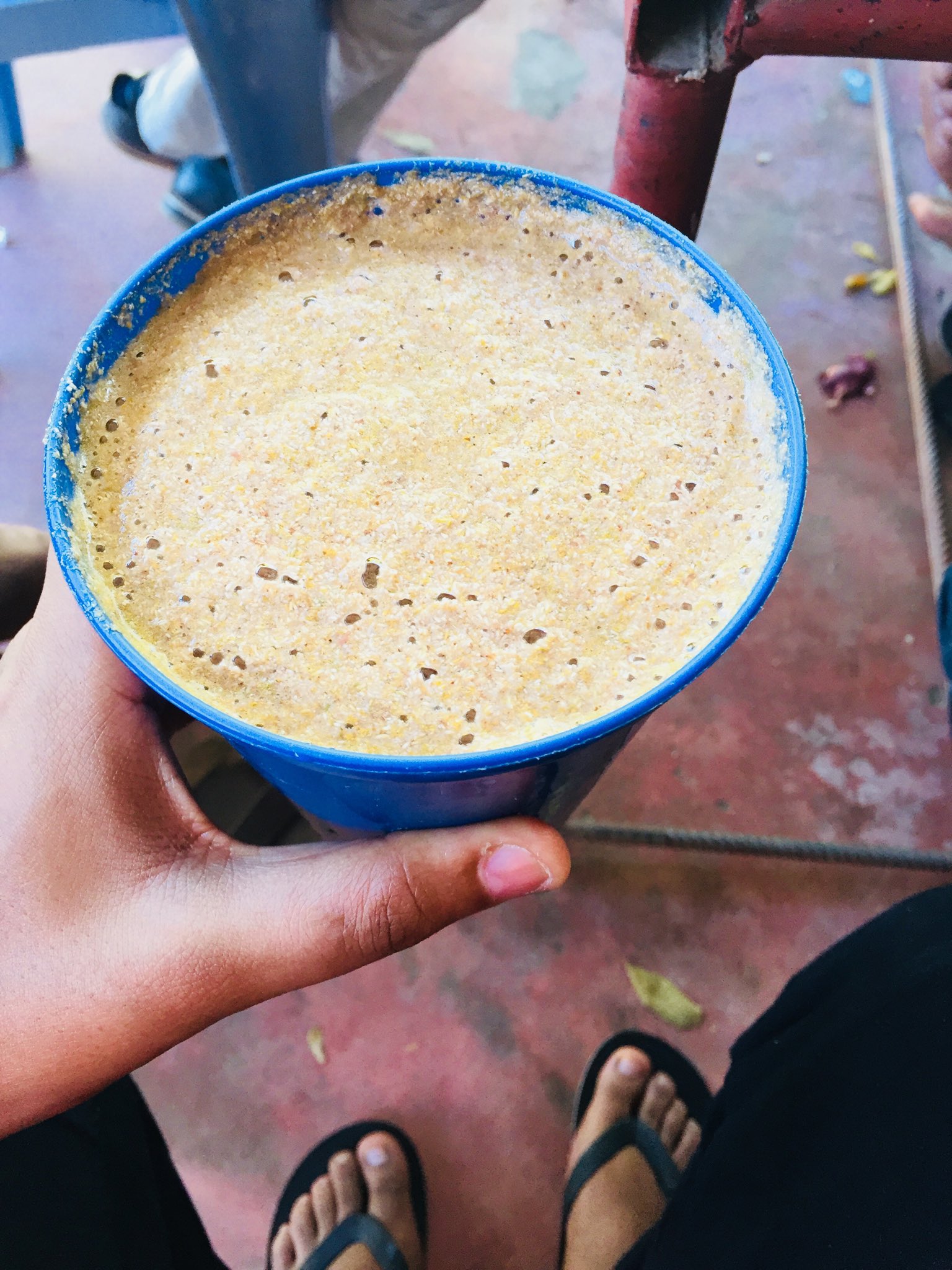
So what is Mbege?
Mbege is a type of fermented banana beverage that is consumed. The Chaga (Chagga) people, a Bantu-speaking ethnic minority that has historically resided on Mount Kilimanjaro and Mount Meru’s slopes, customarily make the beverage. Mbege is traditionally manufactured by women using a labor-intensive process that involves cooking and fermenting bananas before combining the juice with sprouted millet porridge.
Quinine bark is frequently used in the mixture. The mixture is then allowed to continue fermenting. Mbege is often brewed using ndizi ngombe, a native species of banana. The final flavor of the beverage is frequently characterized as mildly sweet, tart, and malty.
Traditionally, it is divided among a group of people and is mostly consumed as a ceremonial drink. It was also a means of payment in the past.
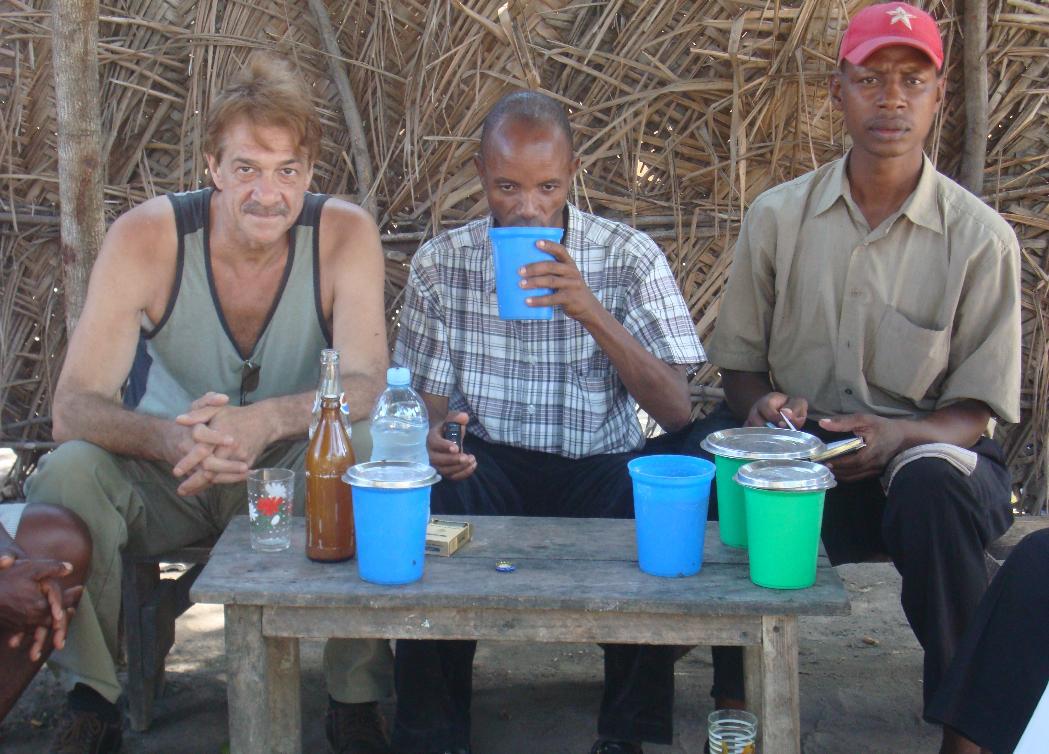
Benefits of Mbege in the African society
Mbege is the customary beverage served during social gatherings like wedding discussions, birth celebrations, and Christian confirmation festivities. It is also known to be used as payment to settle legal disputes and drank during serious events like funerals.
There are several regional varieties of this dish, which is made with bananas and grain flour (typically sorghum flour).
The first alcoholic beverage to be given the moniker “Jungle Juice” is banana beer.
Banana beer is generally eaten right once after preparation due to its short shelf life, despite the fact that currently numerous African brewers make and sell it throughout the world. When correctly prepared, banana beer is believed to offer health advantages such as being naturally gluten-free, having unmodified proteins, being rich in B vitamins, and helping to release potassium that prevents muscular cramps.
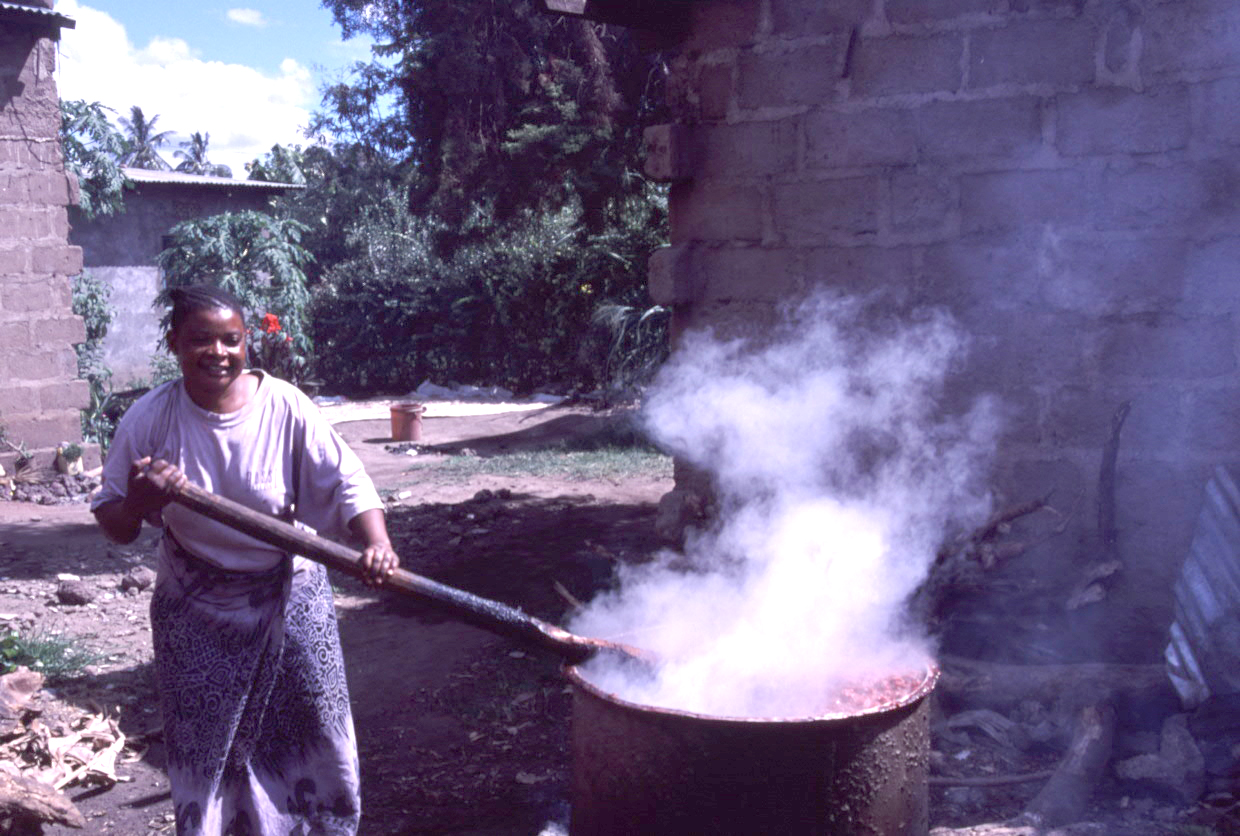
How is Mbege Brewed or prepared + recipe?
Tanzanian traditional beer production offers a broad range of distinctive flavors that come from the fruits used to make them. Mbege, a beverage prepared from bananas and sprouted finger millet, is popular among the Chagga tribe in the Northeast, on the lower slopes of Mount Kilimanjaro.
It takes a lot of work to make mbege, thus typically women do it. The matured bananas are first mashed and cooked by these brewers, after which the mixture is allowed to ferment in a wooden barrel until white bubbles show on the surface. After the bananas have fermented, they add bark from the quinine tree and finger millet that has been germinated and sun-dried (msesewe).
All the bananas contribute to the final flavor’s sweetness, which is followed by a faintly bitter quinine aftertaste.
![]()

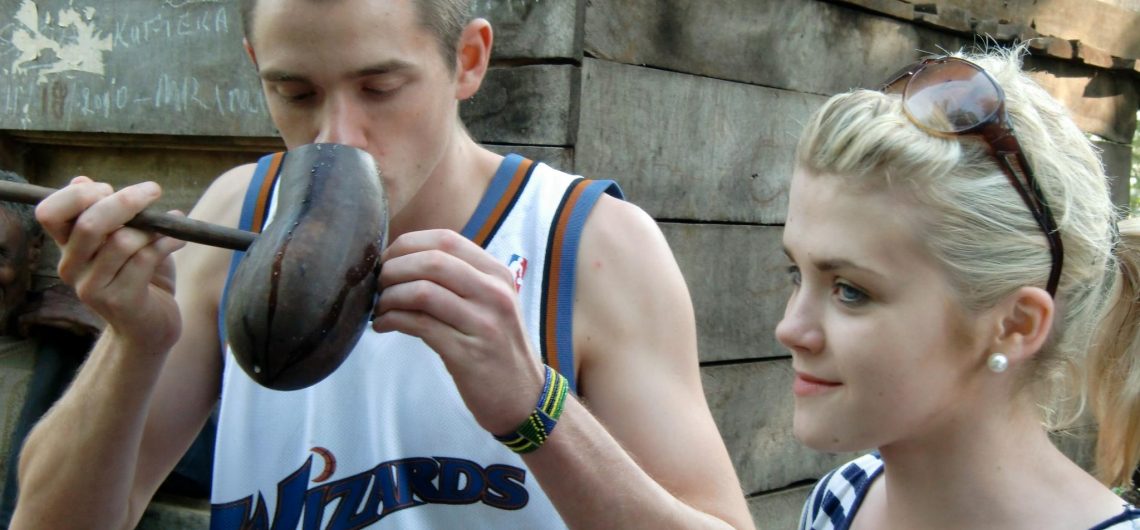
Comments